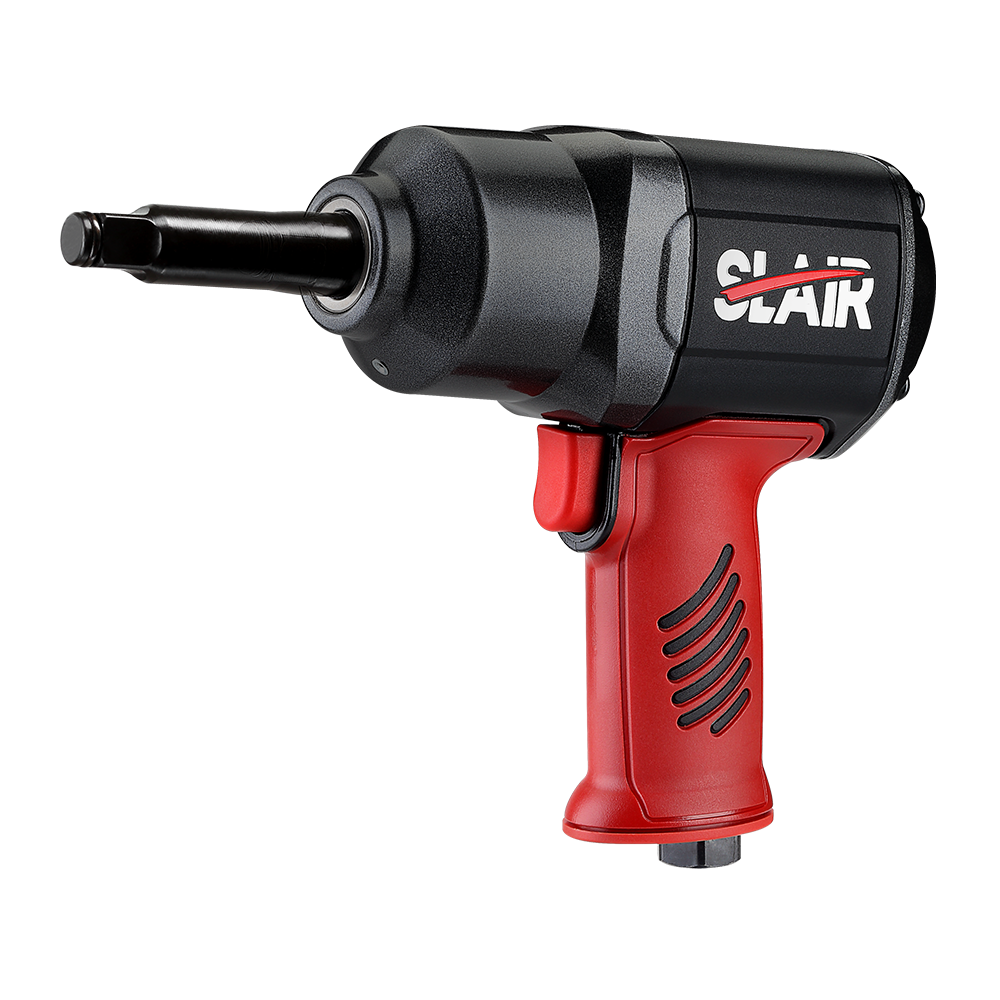The surface finish of chamfered edges is one of the most critical factors in precision machining. The speed at which an air chamfering machine operates directly impacts this aspect. Higher operating speeds result in quicker material removal, which might not allow for a smooth, controlled cutting action. At these elevated speeds, the tool's interaction with the workpiece can lead to surface irregularities, such as micro-chatter, vibrations, or tool marks, which may degrade the overall finish. These defects are especially noticeable when working with high-precision components where a flawless edge is required. In contrast, slower speeds allow the chamfering tool to engage with the material in a more controlled manner, producing finer, more refined chamfers.
The consistency of the chamfer angle is a critical factor for the functional performance of the chamfered edges. At higher speeds, the dynamic forces involved in the cutting process—such as tool pressure, material resistance, and machine vibrations—can cause slight variations in the cutting path. This can result in a non-uniform chamfer angle, leading to inconsistent edges along the length of the chamfer. In precision industries, where a precise chamfer angle is required for proper fitting or assembly, inconsistent angles can compromise the entire component’s performance. Slower speeds allow for more controlled cutting actions, enabling the machine to maintain a constant angle throughout the process. With more time for each cut, the tool is less affected by external forces and can produce highly consistent chamfer angles, which is crucial in ensuring dimensional accuracy and functional quality in critical applications.
The material removal rate (MRR) indicates how much material is removed over a set period and is highly dependent on the speed of the air chamfering machine. Higher speeds typically lead to a higher MRR, meaning more material is removed in a shorter amount of time. This might be beneficial in scenarios where speed and efficiency are the primary goals, such as in mass production environments. Higher MRR often comes at the expense of precision. Faster removal can induce greater cutting forces, leading to potential inaccuracy in the chamfer depth and profile, especially if the material is harder or if the tool is not well-maintained. Slower speeds allow the machine to carefully and precisely remove material in smaller increments, ensuring better control over the chamfer profile and depth.
The rate of tool wear in an air chamfering machine is directly linked to the speed of operation. High-speed operations create higher levels of friction between the cutting tool and the workpiece. This additional friction leads to increased tool wear, resulting in the need for more frequent tool replacements or sharpening. Over time, worn tools can lead to inconsistent chamfering, as the cutting edges become dull and less effective. Prolonged use of worn tools under high speeds can cause excessive heat generation, which can lead to the formation of micro-cracks on the tool surface, further reducing its lifespan. By operating the chamfering machine at slower speeds, the tool is subjected to less heat and friction, leading to less wear over time.





 English
English 中文简体
中文简体 русский
русский Deutsch
Deutsch Português
Português Español
Español
















